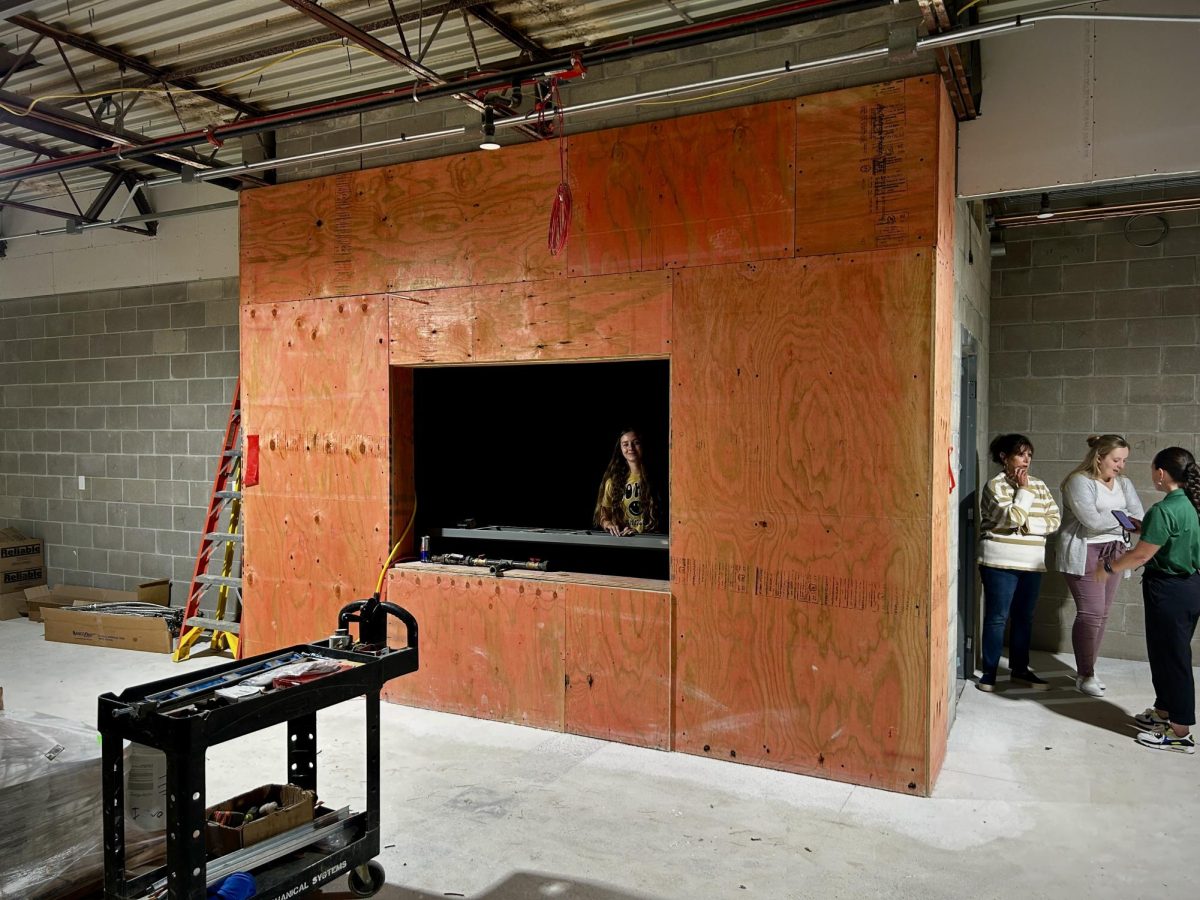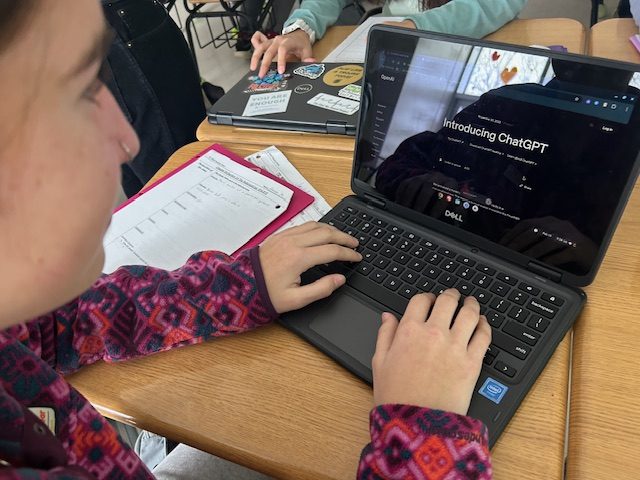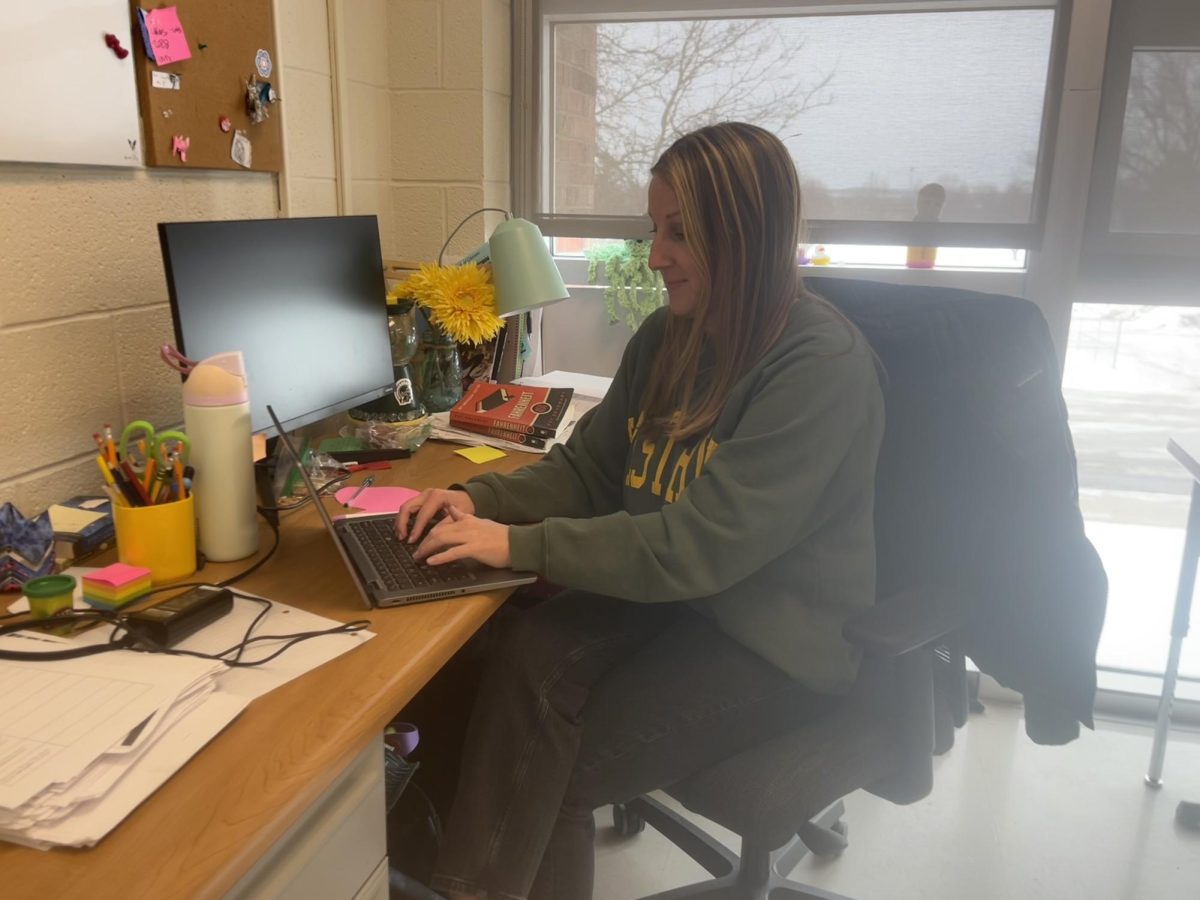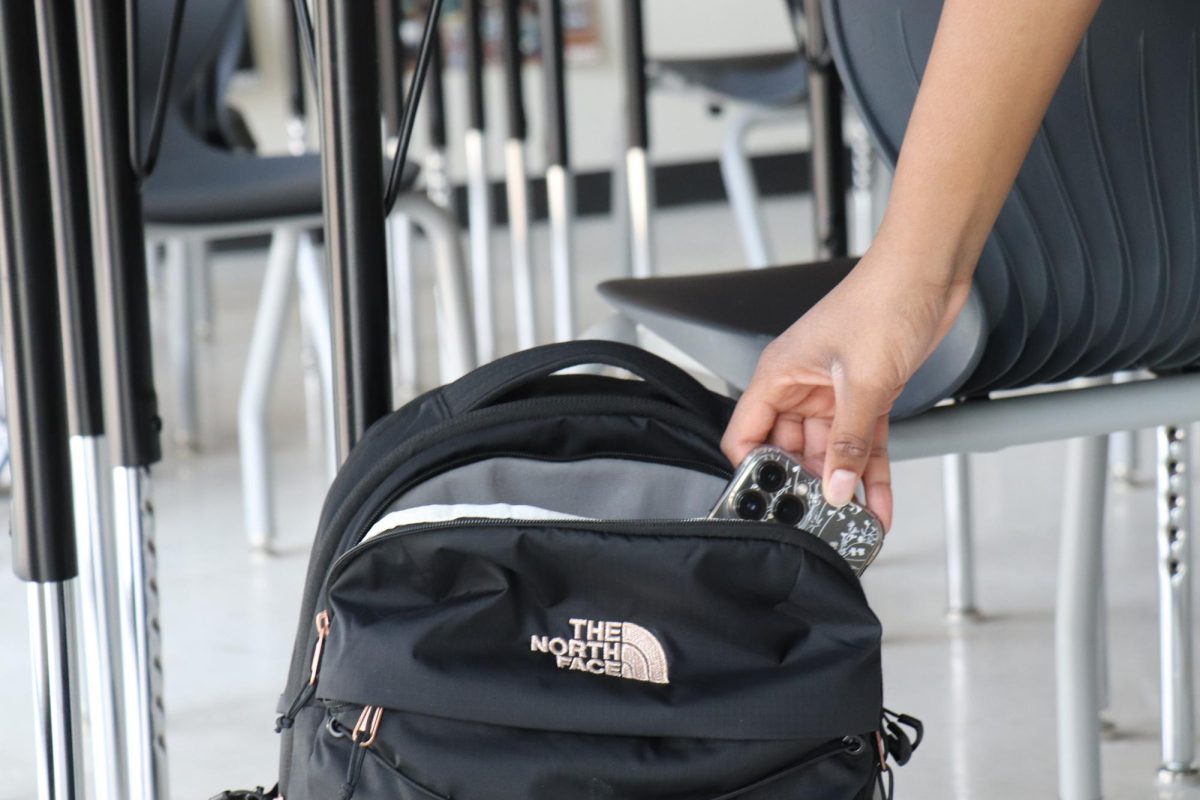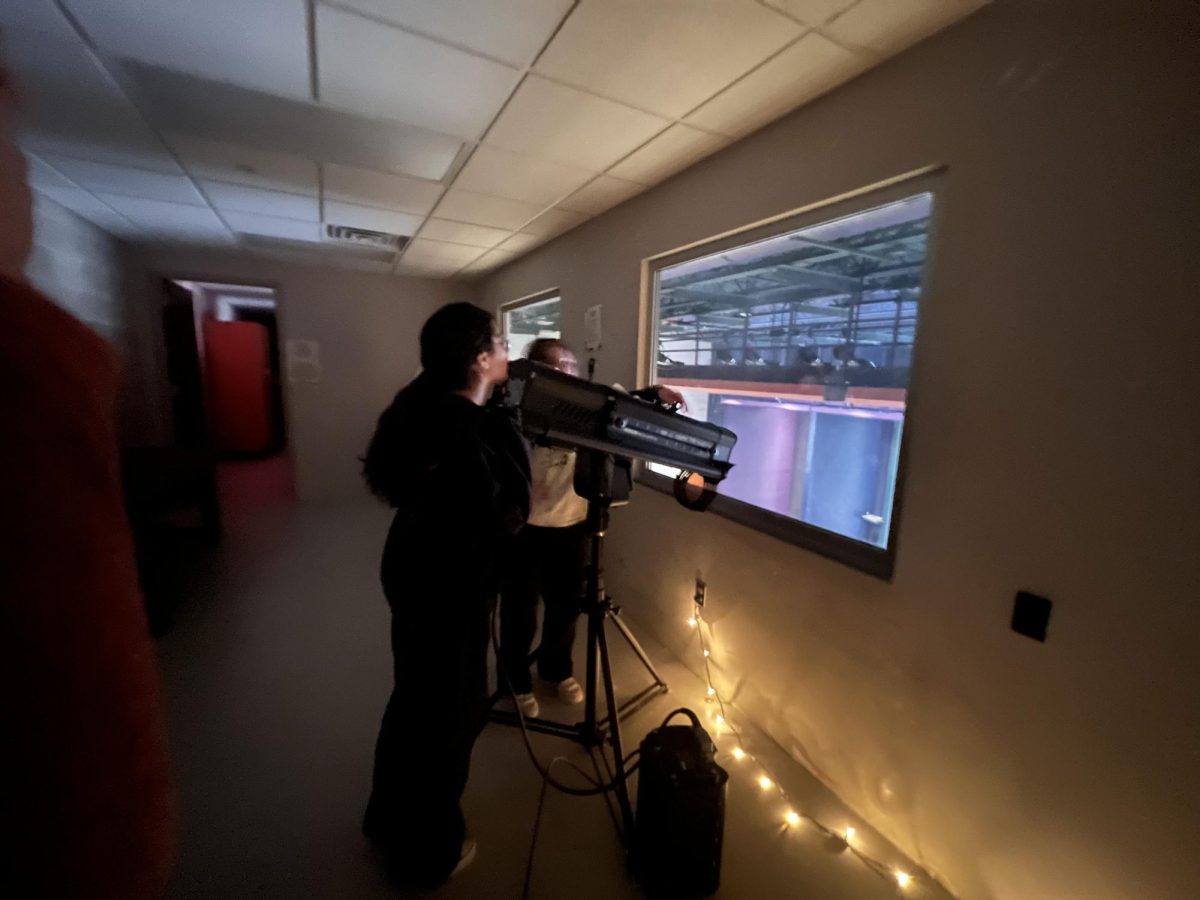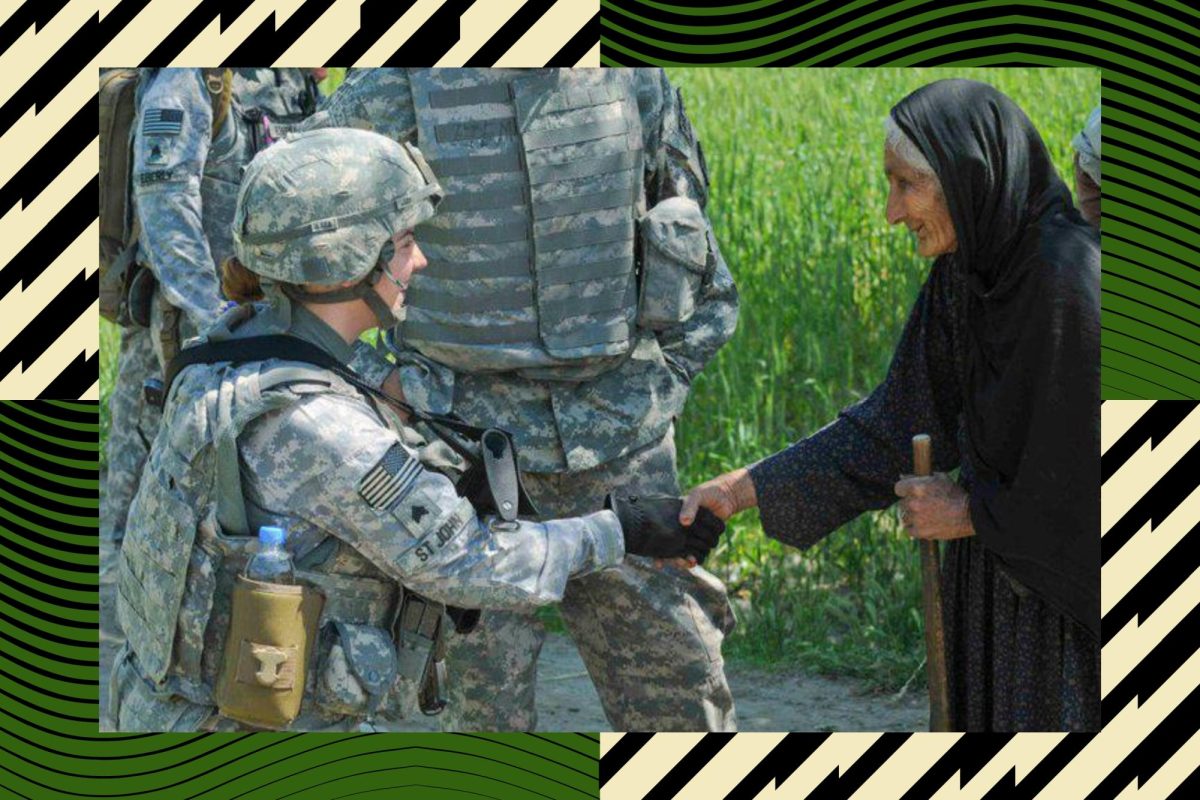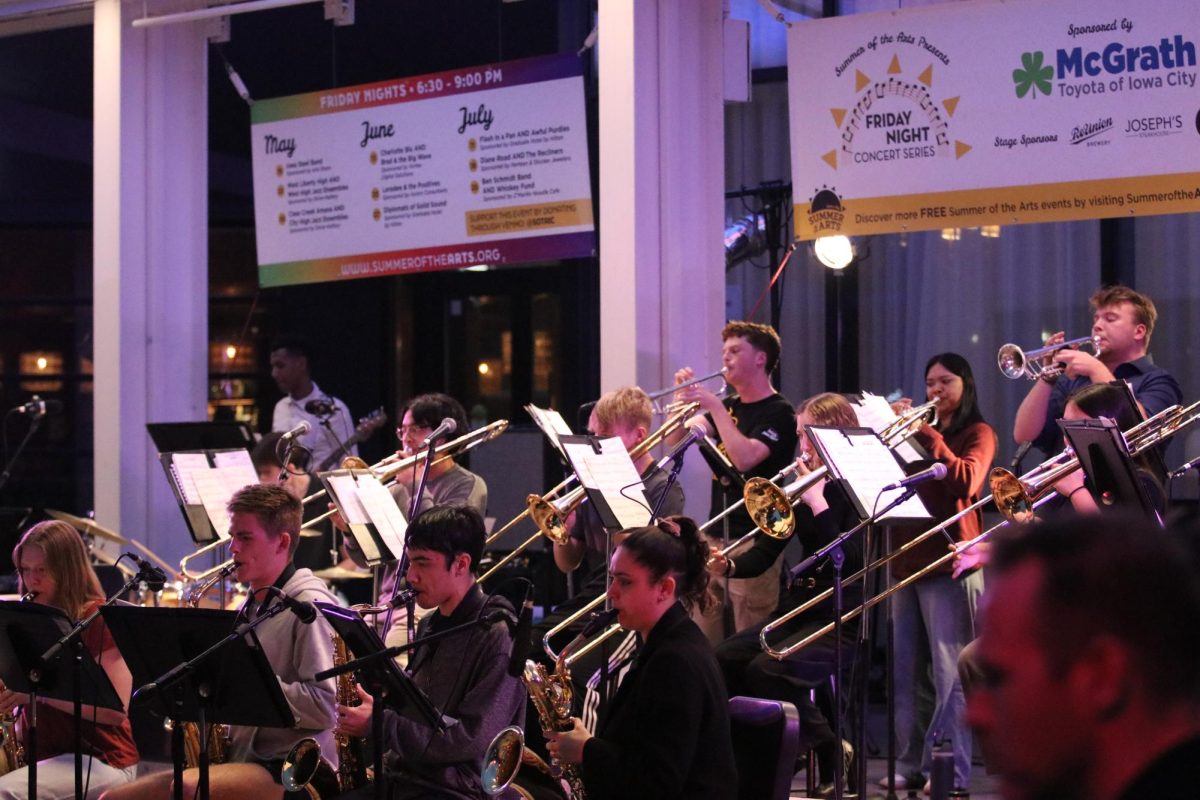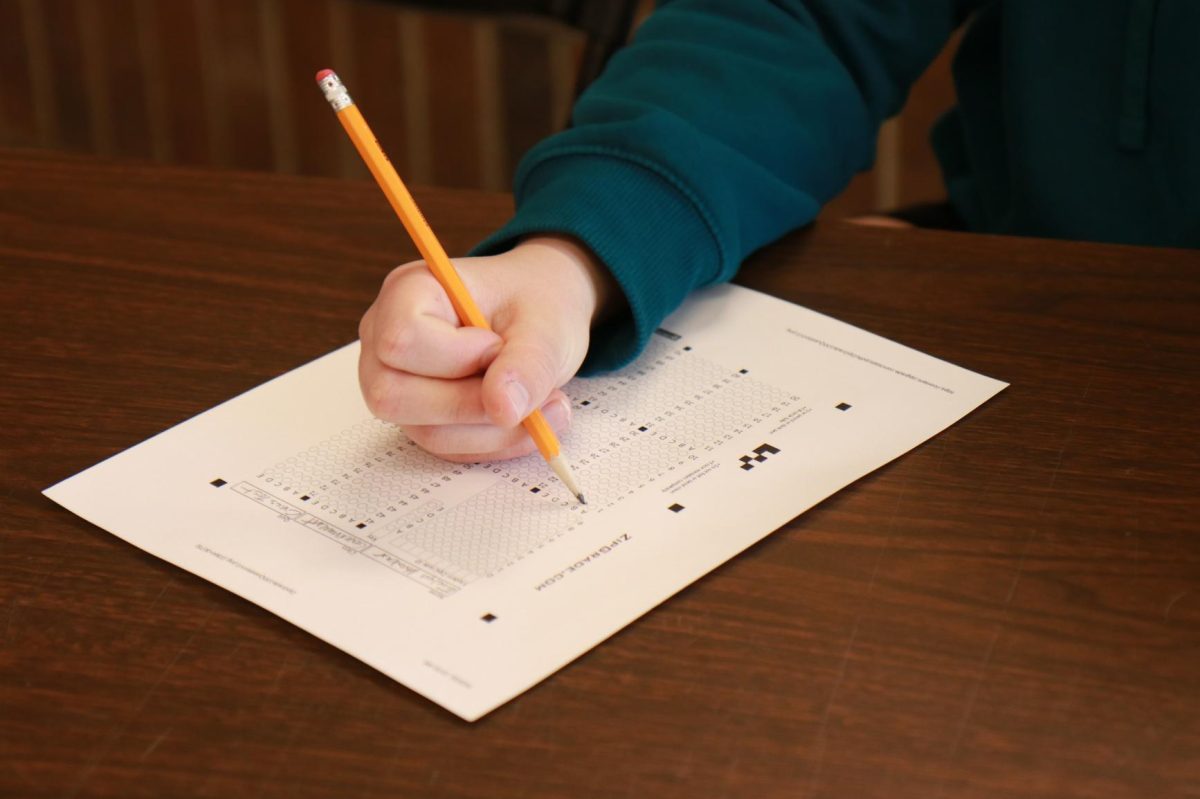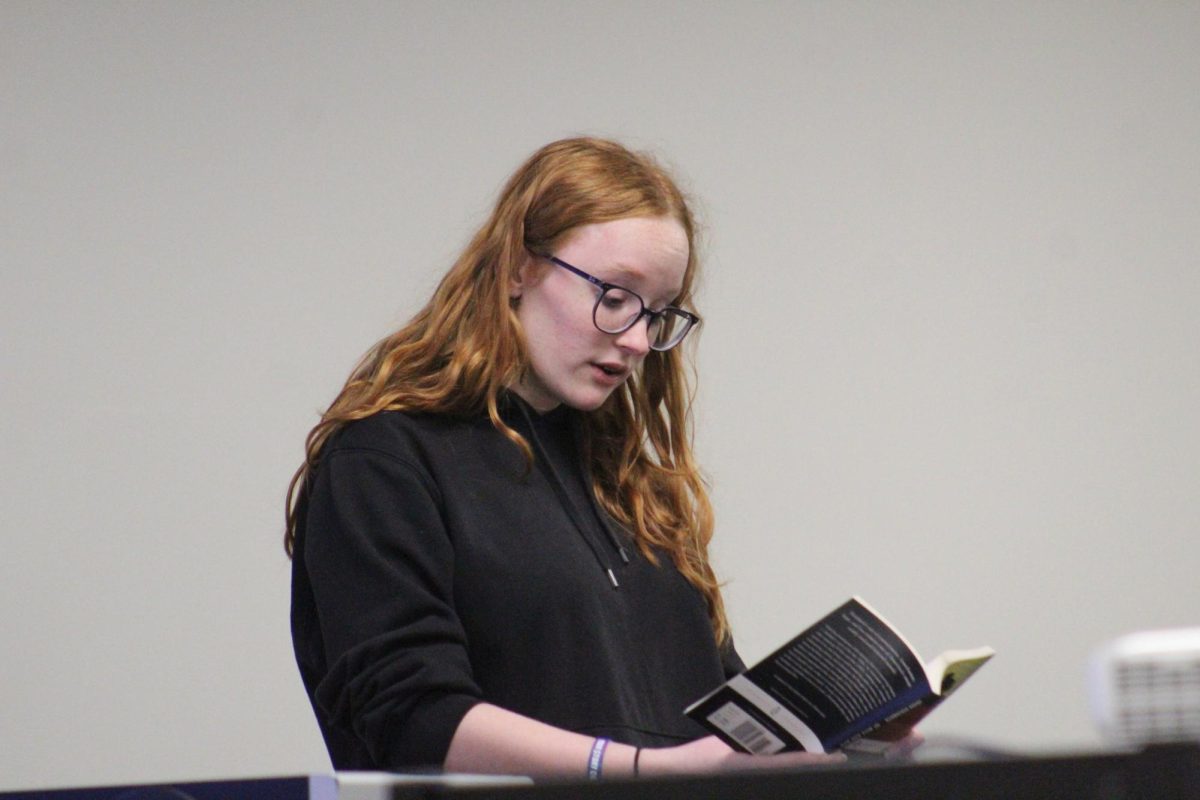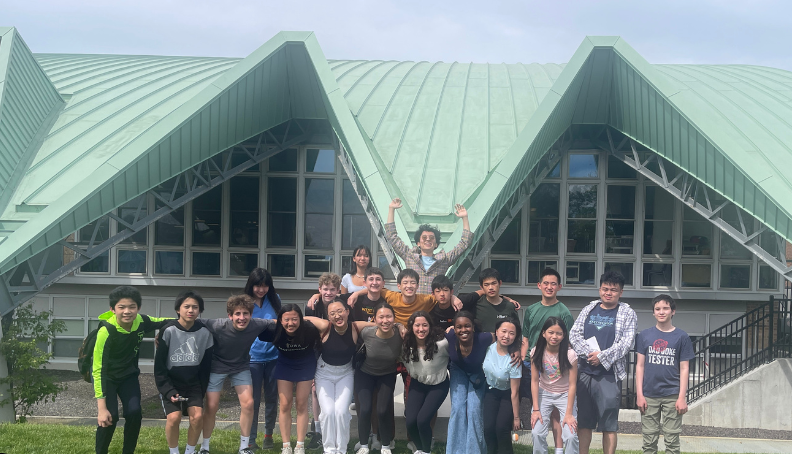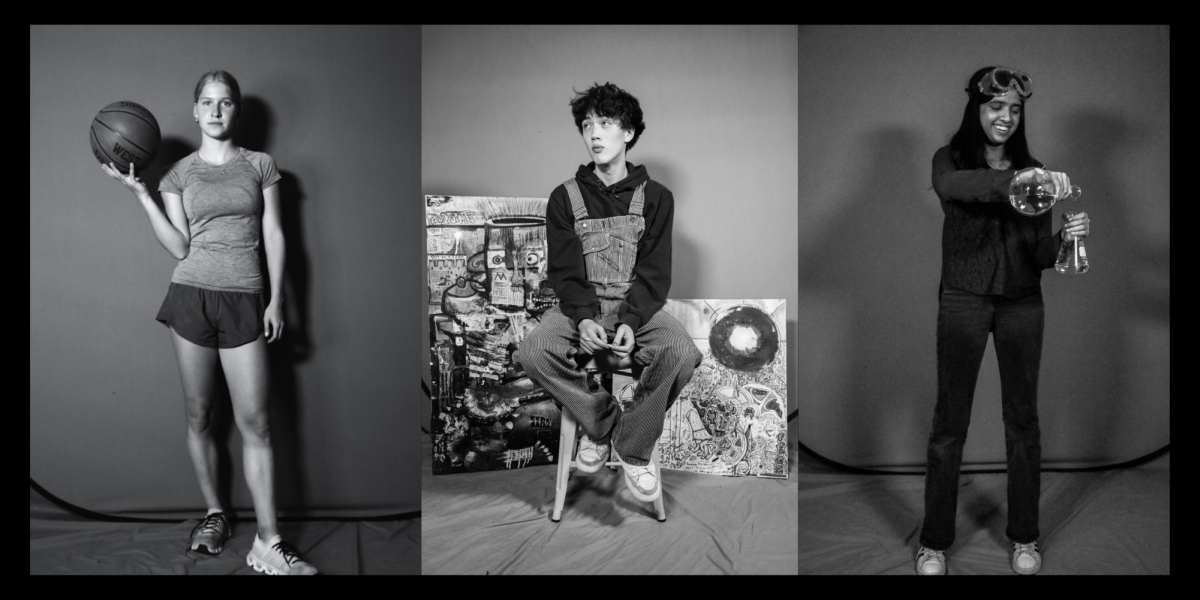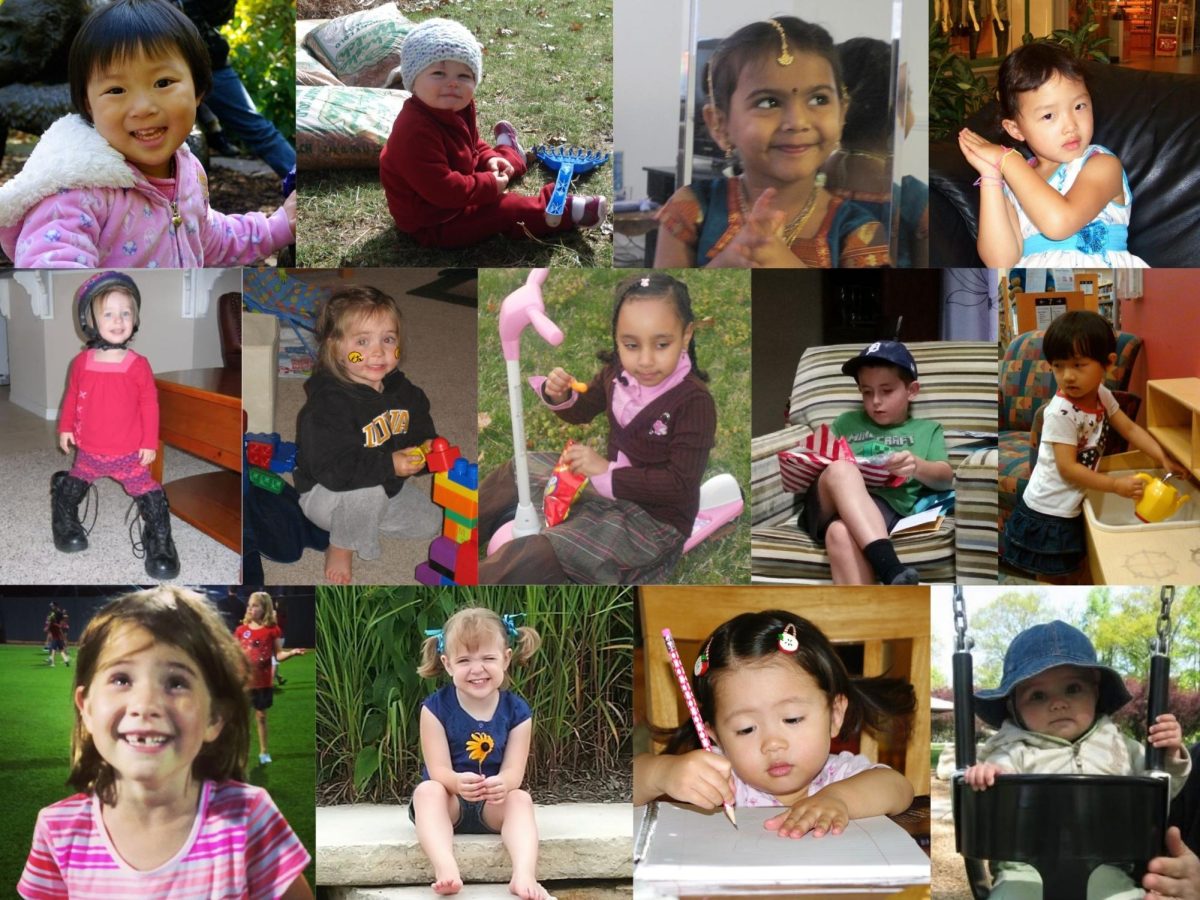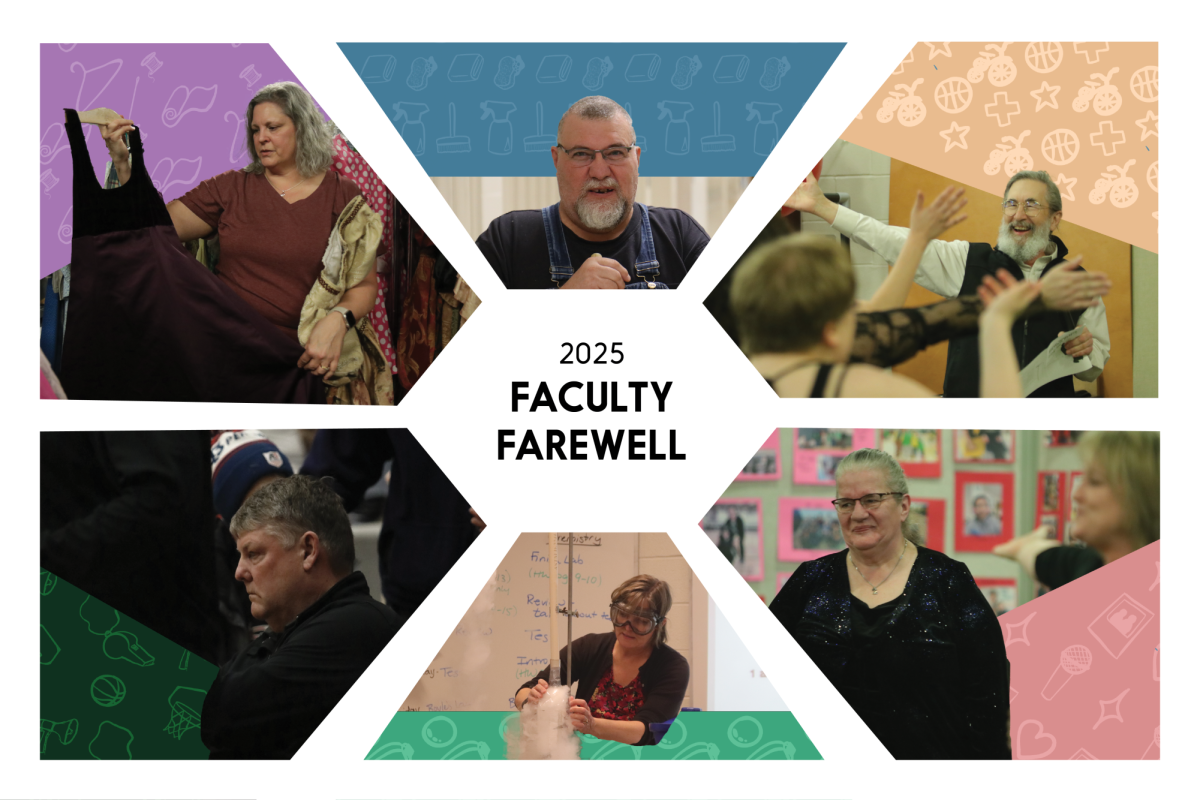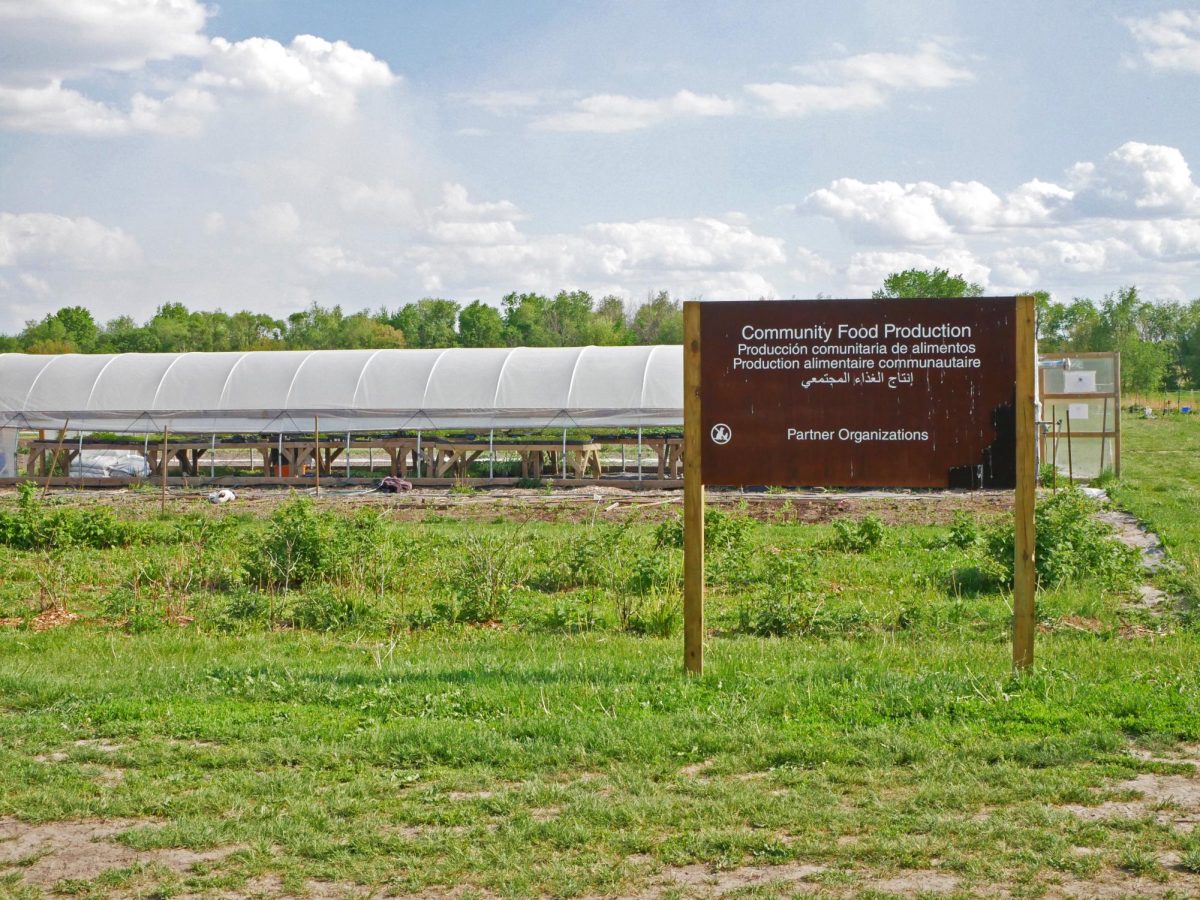
2024 is a major year of change for schools in the Iowa City Community School District (ICCSD). This fall, sixth graders will move from the elementary level to the newly renovated middle schools, marking the first year of middle schools in Iowa City. Similarly at West, the first phase of Phase 3 construction will be completed in July, with the next phases of construction starting soon after.
Changes at middle schools
In February 2022, the ICCSD approved a plan to move sixth grade from the elementary level to the lower secondary level, changing junior highs to middle schools. This is expected to cost around $53.6 million and will increase the number of students attending each middle school by around 400 kids.
Director of Secondary Schools Lucas Ptacek believes this change will foster a more effective transition from elementary to high school.
“From my experience as a junior high assistant principal at Northwest about 10 years ago, when you have students for only two years, it’s tough to get them really connected to the junior high building because they’re always transitioning either from elementary or to high school,” Ptacek said. “So [the middle school transition] allows our students to be a lot more connected to a building in the three years they’re going to be there and also highlights the work to transition away from elementary into a high school setting.”
Even with sixth grade joining seventh and eighth grade at the middle school, their day will look slightly different from the seventh and eighth grade students.
“They will spend more time within their core classes so they actually have it blocked so language arts will be two blocks, two periods back to back,” Ptacek said. “Math will be the same way; social studies and science will be taught separately, but students will have three different teachers that will be their core teachers. Every sixth grader will cycle through six different courses throughout the year with their exploratory classes, and then they’ll also have their P.E. and music block as well.”
With the addition of sixth grade, the junior high curriculum has been changed. Now, more elective courses will be offered in the coming years.
“Within our program of studies is to add additional elective courses that students can take. We’ve really tried to revise what those offerings are,” Ptacek said. “We did a lot of student interest surveys of current junior high students to determine what should be some of those classes that we should add or revise within our traditional program of study. We’ve really done a good job of getting the input from not only the teachers, but also the students to see what their interests are. So we took that into [consideration] and created some additional courses for students.”
The plan also includes switching middle schools from the current trimester model to a quarter model. Ptacek believes that transition will have a significant impact on classes.
“Switching to quarters model does allow our students to be able to take more classes throughout their middle school experience. They will have the ability to figure out what areas they have interest and passion [in],” Ptacek said. “What we’re trying to do is expose them to different types of interests, to really prepare them more for high school and to find those things that they like and can build their schedule [with] for their four years of high school.”
However, sports will not be an option for sixth graders, but there will be other extracurriculars that sixth graders are able to participate in, such as clubs or Intramurals, a club where students can play various sports in a non-competitive fashion.
“In the other districts around us, [student-athletes] only compete against each other in seventh and eighth grade. So our sixth graders will not be able to compete against other districts, like our eighth grade [student-athletes] do,” Ptacek said. “Our goal is to really provide before and after school experiences such as clubs or other athletic intramural opportunities for students. [When] students are actively engaged and involved in their school experience, they perform better academically, they find more joy and their experience and attendance are also improved because they have that strong connection to the school. We’re in the midst of figuring out exactly what those before and after school activities will look like for our students, knowing that we want to get them engaged as much as possible in their school experience.”
In order to try and prevent as much worry and anxiety from new parents and students as possible, Ptacek says the district has tried to reach out to families with information about next year, from informational parent nights to incoming students visiting middle schools early on.
“A concern that parents always have any time there’s a big transition is making sure that their students are cared for and that they are going into a safe environment that’s not only physically safe, but emotionally safe as well. Those are things that we’re preparing for,” Ptacek said. “We know that’s something parents always wonder about if they’ve not had the experience of an older child going through; they don’t know what that experience is going to look like. We tried to inform our families through parent information nights that have been held this year. Currently, we’ve had a number of our students at two of our middle schools go there to visit, and we have another one of our schools [going] later this month. We’re really trying to equip them with as much information as possible. Parents always want to make sure that they know what’s going on and that their students are going to be safe there.”
Even though many unknowns come with the first year of sixth graders going to middle school, current fifth grader Evelyn Wehrle ’31 is looking forward to moving to middle school.
“I think it’s gonna be fun,” Wehrle said. “I’m gonna be able to meet new friends and have new teachers and be in a whole new building.”
However, Wehrle expects the transition to be a major change.
“We’re in a whole new building that we’ve never seen before,” Wehrle said. “I think [teachers will] be stricter, there’ll be more homework, more no talking and assignments by yourself.”
Despite the change to middle schools, Wehrle believes that sixth grade in middle school will be similar to how it was taught at the elementary level, but is a little worried about meeting new teachers at the middle school.
Changes at West
Since the completion of West High in 1968, West has gone through many phases of renovation. Major renovations include the addition of the 9th grade center in 2004, Phase 1 and 2 renovations that added the South Gym, air conditioning and ventilation, and geothermal heating. Currently, West High is going through Phase 3 renovations, with construction across the school.
According to assistant principal Jenny Eustice, the first phase of Phase 3 construction will include major changes, mostly for administration.
“Phase one [of Phase 3 construction] is the addition of the main office, guidance office and new health office. And then by extension of that, because we added on the main office, the whole footprint where the main office was and guidance office was, is going to be a new commons and a secure entrance,” Eustice said. “So when students come back to school in the fall, there will be a new secure entrance, new guidance office, new main office, new health office and new Student Commons.”
The first portion of Phase 3 is scheduled to be completed by July 15th, when the school will be able to move in furniture, and will be fully completed by August 2, if construction stays on schedule.
The next phase of construction will begin as soon as school ends for the year and will be focused on the music wing.
“Right now, the choir room is the temporary main office. They’re going to start in that area, clean everything out, undo the temporary construction that’s in the choir room, start renovating, and update the choir and orchestra and then all of the smaller rooms in between,” Eustice said.
Once construction is complete, the choir and orchestra wing will have had much needed improvements, with a much better design, including new space, updated rooms and improved storage.
“The choir directors and orchestra director will get new offices,” Eustice said. “There will be new storage in the orchestra room. There’s going to be a reconfiguration of some of the in-between rooms, so less smaller practice rooms. That will add a couple of larger ensemble rooms. One of them will be used for the digital music production classes. One of them will be a slightly larger ensemble room, not as large as a choir room, but not as small as an individual practice room so small groups can rehearse. There’ll be updated storage for instruments in the orchestra room as well.”
As of now, the second stage of Phase 3 is set to be completed over winter break. After that, the next major portion of construction will focus on shrinking the library and moving it to one floor, moving the copy and technology center and reorganizing the library area of the school.
“Room 114 will become Mr. Meade’s space, it’ll be the computer repair space. He’ll have a workspace in there for all of Chromebook repairs and updates and all that fun stuff,” Eustice said. “And then room 131 was cut, kind of in half, to make a new print copy center. Ms. Marie, who runs the copy center upstairs will now be on the main floor of the library, she’ll have an updated space for all of the copiers and for papers and things for teachers to come and get. The back half of that is being made into a smaller classroom.”
The upper level of the current library will be cut, shrinking it to only one floor. That freed space will be transformed into new classrooms. The main floor of the library is also set to be renovated in the summer of 2025 with new carpeting, paint and shelving.
Another major change will be the upgrade of the Pump It Up! — the student-run coffee shop managed by the Business Professionals of America club (BPA) — from a temporary cart setup to a permanent location planned to be located in the new commons space.
“So the coffee stand now has a permanent space where they’ll have their own fridge, a lockable room, and [I’m] just excited to see how that particular entity can expand within BPA, classes and partnerships with other classes,” Eustice said. “But it’ll also just be a change in our school environment, because kids are used to going to the corner down here in the coffee cart and we have to close it down and to open it back up and all the things so it’ll be interesting to see what we can do, what challenges and what benefits we have from having it in that new space.”
Even with the addition of multiple new classrooms, these additions are not planned for or expected to increase the population of West students and staff.
“Our building capacity is gonna probably remain roughly the same because we’re not expanding the footprint of the building,” Eustice said. “I mean, our goal is to always have as many students and staff as possible. Another change in the district is that pre-COVID the numbers were projecting the district to continue to grow and grow and grow and grow and add students every single year and [then] COVID happened, and then we saw those numbers plateau, so I think that probably depends on outside construction.”
The current Phase 3 of construction was passed in a $191.5 million bond in 2017, according to The Gazette. Phase 1 was completed in 2018 and Phase 2 was completed in 2021. The initial decision to renovate West High was passed as part of the district’s Facility Master Plan 2.0 in a bond referendum passed 10 years ago, in 2014, including decisions not only for West High, but schools and facilities across the district. However, the original plans have changed since then for a variety of reasons.
“The plans are actually very different than the original plans, partially because of budget, partially because of COVID changes, construction, pricing a lot,” Eustice said. “Also,we’re a new admin team; maybe the priorities are just different than they were 10 years ago. So we kind of had to balance everything as we went into this portion of construction.”
Even though the ICCSD has received less state funding in recent years, budget cuts at the district level aren’t expected to impact construction.
“The construction portion of the budget is a completely separate fund than what we use to run the school on a daily basis,” Eustice said. “The thing that really caused us to change course and some of the plans was just the materials themselves, the cost of the materials and how much that has gone up, especially since COVID.”
With major changes coming for the 2024–25 school year at the lower secondary level and the change from the junior high system to the middle school system, there are possibilities for curriculum changes at West High, although no changes will occur for the next school year, as the calendar has already been set.
“The goal is that our schedules would be aligned. There are conversations about moving high schools to a semester model, or potentially a quarter mode,” Eustice said. “We’re really trying to move to showing students career pathways, and that will start with a partnership in middle school. The goal is to explore Xello [a career readiness program] as a middle school student and figure out potential career pathways. Our goal is that we have more of a 6-12 partnership, versus just a 9-12, and we’re looking at what students’ interests are in sixth, seventh and eighth grade, and how we can continue those career plans in nine through 12. What could we offer at the Center for Innovation? How can we offer more dual credit courses through Kirkwood and through the University of Iowa?”
With the shift from junior highs to middle schools and renovations at West High, the ICCSD hopes these changes will better prepare students for life after graduating high school through more learning opportunities and improved education facilities.
“I think it’s something that’s exciting because there are a lot of people at the district office that are looking really big picture about how we can better set students up for success after they leave us,” Eustice said.






